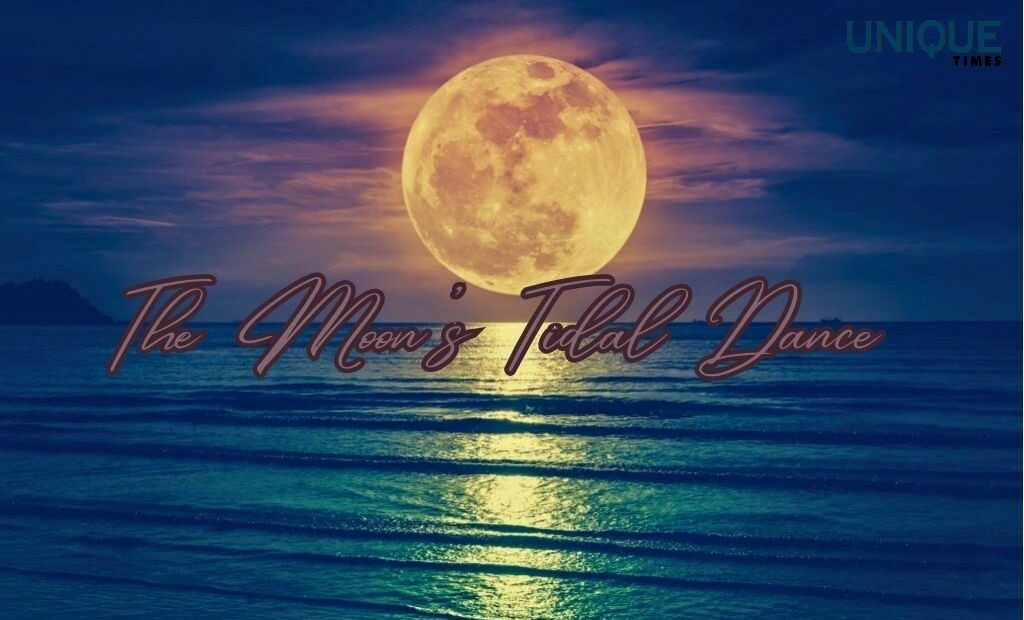The Moon’s Dance: Unraveling the Mysteries of High and Low Tides

The rhythmic rise and fall of the ocean’s waters have intrigued humans for centuries, sparking curiosity about the forces responsible for this natural phenomenon. While the ebb and flow of tides are a result of several factors, one celestial body plays a crucial role: the moon. In this blog, we’ll explore how the moon’s gravitational influence orchestrates the mesmerizing dance of high and low tides along coastlines worldwide.
The Gravitational Pull of the Moon
One of the primary drivers behind tides is the moon’s gravitational pull on Earth. Despite being much smaller than Earth, the moon’s proximity exerts a significant gravitational force on our planet. This force creates what is known as tidal bulges, areas of slightly elevated water levels. There are two main types of tidal bulges: the one facing the moon and the one on the opposite side. The side facing the moon experiences a direct gravitational pull, leading to the formation of the high tide. The side opposite to the moon experiences a weaker gravitational pull, resulting in another high tide due to the centrifugal force generated by the Earth-moon system’s rotation.
The Role of Centrifugal Force
As Earth and the moon revolve around a common center of mass, a centrifugal force comes into play. This force is a result of the motion of both bodies and acts opposite to the gravitational force, leading to a bulge on the side of Earth opposite the moon. This bulge creates a second high tide, known as the “opposite bulge” or “antipodal tide.” In simpler terms, while one high tide is a direct result of the moon’s gravitational pull, the other high tide occurs due to the counterbalancing effect of the Earth-moon system’s rotation.
Formation of Low Tides
Conversely, the areas between the two high tide bulges experience a decrease in water level, resulting in low tides. These regions are often referred to as “tidal nodes.” The gravitational forces at these points are weaker due to the opposing effects of the moon’s pull on either side. As a result, the water recedes, exposing the shorelines.
Tidal Patterns and Variations
Tidal patterns aren’t as simple as a uniform rise and fall twice a day. The interaction between the moon, the sun, and the Earth’s rotation causes variations in tide height and timing. When the gravitational pull of the sun aligns with that of the moon, during full moons and new moons, tides become more extreme. These are known as “spring tides.” On the other hand, when the sun, moon, and Earth form a right angle, during the first and third quarters of the moon, the gravitational forces partially cancel each other out, leading to milder tides known as “neap tides.”
Conclusion
The moon’s gravitational dance with Earth is responsible for the enchanting ebb and flow of tides that shape our coastlines. Its proximity, along with the effects of centrifugal force, creates the high and low tides that punctuate our daily lives. Understanding these celestial mechanics not only enhances our appreciation for the natural world but also reminds us of the intricate interplay between the cosmos and our planet.
Picture courtesy: Google/images are subject to copyright








